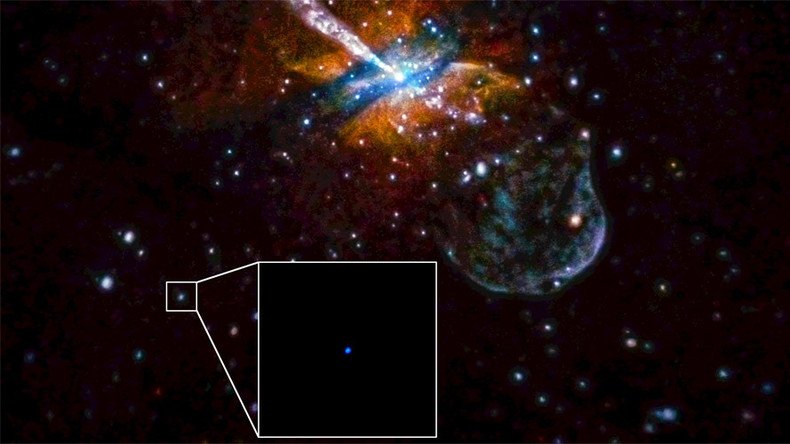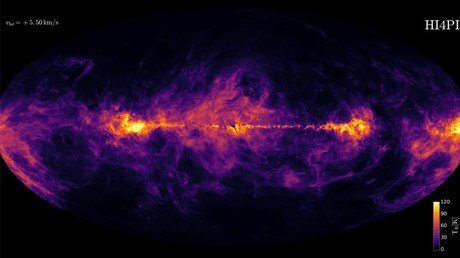Deep space X: Mysterious flashes discovered beyond Milky Way

Strange X-ray emissions have been discovered in two galaxies and researchers can’t explain what’s causing them.
The “massive flares of energy in X-ray binary stars” were discovered by University of Alabama physics undergraduate students under instruction from professor Jimmy Irwin. He told them to look for examples of X-ray emissions from galaxies beyond the Milky Way in old Chandra and XMM-Newton telescope data.
Irwin wanted the students to find ones from old globular cluster galaxies. The students examined archived observations for 70 galaxies near the Milky Way.
“Two brief flares were seen, separated by four years," Irwin explained. Both peaked in brightness in under a minute and decayed over in an hour.
One flare was identified in galaxy NGC 4636 near Virgo, and another in galaxy NGC 5128, near Centaurus A.
Read more: New dwarf planet discovered on edge of solar system
“When not flaring, the sources appear to be normal accreting neutron-star or black hole X-ray binaries, but they are located in old stellar populations, unlike the magnetars, anomalous X-ray pulsars or soft repeaters that have repetitive flares of similar luminosities,” Irwin explained.
When such burst of energy occurs, supernovas and gamma ray bursts are destroyed, but in this case, the two stars flared to the verge of exploding but remained.
The team aren’t sure what caused the mystery flares, but suggested a black hole in a yet unknown process could be the source.
Read more: ExoMars orbiter successful, fate of lander probe unknown – Euro space agency
“It could be a black hole, it could be a neutron star … we don't have enough information yet. But it's not something we've seen in our own galaxy. It must be rare enough that our galaxy doesn't contain one of these examples, and we have to go to other galaxies to find other examples of these," Irwin said.
“We’ve never seen anything like this,” said Jimmy Irwin @UofAlabama of cosmic objects erupting in X-rays. https://t.co/wjl3pNz4s9pic.twitter.com/mNKR7SbDxH
— NASA Marshall News (@NASA_Marshall) October 19, 2016
“It's possible that it's a somewhat larger intermediate mass black hole, tens of thousands times more massive than our sun. They could be material raining down onto the event horizon of an intermediate-sized black hole inside these star clusters. People have hypothesized for a long time that [intermediate mass black holes] exist, but there's really no good evidence those objects exist. We don't know yet." he added.
In 2005, Chandra found a flare from the vicinity of galaxy NGC4697. Irwin’s team were looking for something similar when they made their discovery.
The Chandra X-ray Observatory was launched by NASA in 1999, and is able to observe X-rays that Earth-based telescopes cannot due to atmospheric interference. The XMM-Newton was launched by the European Space Agency in 1999 as well, and is capable of imaging objects using both visible and ultraviolet wavelengths.













